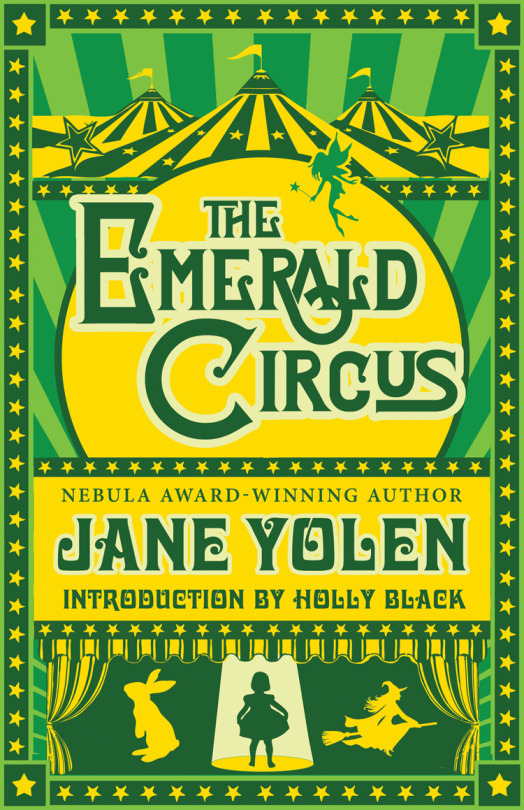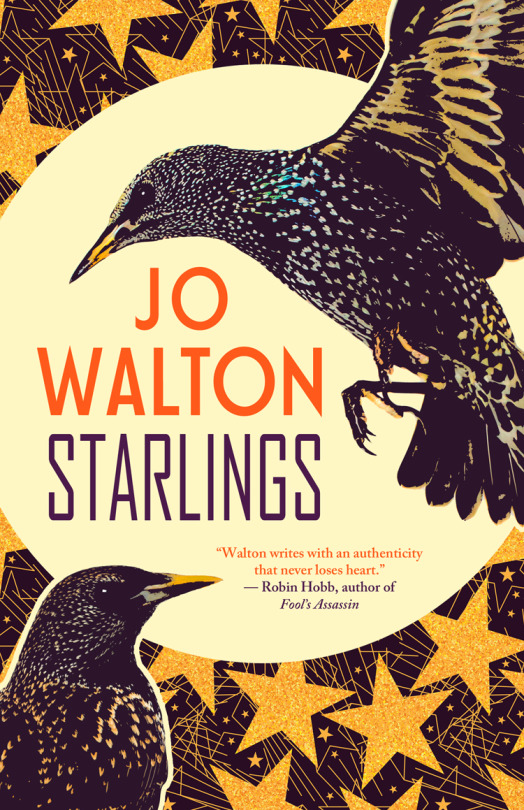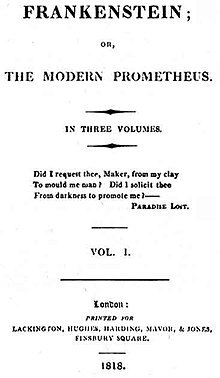Tachyon tidbits featuring Jane Yolen, Jo Walton, Nancy Kress, and Mary Shelley
The latest reviews and mentions of Tachyon titles and authors from around the web.

Jane Yolen (photo: Jason Stemple), Jo Walton (Ada Palmer), Nancy Kress (Ellen Datlow), and Mary Shelley (Richard Rothwell)
DEWETTE DECIMAL READS recommends Jane Yolen’s THE EMERALD CIRCUS.
I loved how she went from fantasy to science fiction to “reality” from story to story. It’s always fun to see how a tale we all know and love can be changed and told to us in a new way. Yolen does this here, and the stories are always enjoyable.
I highly recommend this book, once again, well done, Yolen!

Markus Thierstein at SCI FI FANTASY NETWORK praises Jo Walton’s STARLINGS.
This is followed by an introduction, by the author, on the topic of herself, and her approach to writing short stories. I guess I can safely summarise this as not her forte, but she’s better at it than she used to be.
Reading the collection I can confirm that she definitely does just fine with the format, even if she does not think of most of the contents here as ‘short stories’ herself!

Most to all of the content has been published before over the years, so unless you are completely new to her oeuvre you will most likely trip over the odd story or poem you’ve seen before – I did, occasionally.
I’ll provide short capsule reviews on topics and my impressions for the individual stories below – if you’d rather enjoy this without too many spoilers then you might want to stop here, and go get the book, it’s worth your time and money!
Nancy Kress is a teacher for the March Locus Bay Area Writers Workshop.
Saturday, March 24, 2018 – 10:00 a.m. to 4:00 p.m.
Held in the East Bay (near the San Leandro BART)
at Locus Magazine HQ – $150WRITING IN SCENES
Is your story dramatic? Not melodramatic, but constructed and written to best capture readers’ (and editors’!) interest. Often, the critical difference between salable fiction and the almost-but-not-quite-there manuscript is dramatization—and dramatization, for the fiction writer no less than for the playwright, means constructing successful scenes. This workshop will use a combination of lecture, hand-outs, and brief writing sessions to cover scene construction, effective description within a scene, use of dialogue, different types of scenes, scene order, and that eternal problem, exposition. Learn how to give your story page-turning appeal.
ARTS & HUMANITIES RESEARCH COUNCIL reveals Why Frankenstein still stalks readers 200 years later.
With Frankenstein Mary Shelley created not only a literary classic, but also an enduringly poignant antiheroic character in the manmade monster who still stalks popular culture today – 200 years after the book was first published in 1818
There are many reasons why the story of Frankenstein the creator and his monster has been such a success, according to Dr Anna Mercer, who completed an AHRC-funded PhD studying the works of Mary Shelley and her poet-husband Percy Bysshe Shelley at the University of York in 2017
“Firstly, the themes of the book,” she says. “It was very much a novel of its time that was reacting to what was in the public consciousness at that moment – new ideas about science, for example. At the heart of the story of Frankenstein are concerns about the dangers of power and intelligence, and these are enduring themes.”

But there is another side to the book’s remarkable success that has been ignored until now: the way that is was written.
It’s well-established that Frankenstein was the product of a literary double act between Mary and Percy Shelley; it has largely been assumed that the book was something of an emotional release for Mary with Percy directing and shaping her writing.
But Dr Mercer’s new research challenges these assumptions, and, through intensive study of the Shelleys’ original manuscripts, she can reveal that the literary relationship between the two writers was far more equal than previously believed. She also looked at the Shelleys’ collaborations on other texts beyond Frankenstein, in order to build a more comprehensive understanding of their creative interactions.
“With regards to Frankenstein: certainly Mary was helped by her husband, and for a long time people assumed that this was an act of patriarchal dominance, with him taking over her writing,” she says.
“The manuscript shows how Percy Shelley marks up the draft. But importantly I think it also reveals the book’s creation to have been a collaboration, as recognised by scholars such as Charles E Robinson, Neil Fraistat and Nora Crook.
“Personally, I believe that Frankenstein was possibly one of the greatest collaborations in literary history.”
For more info on THE EMERALD CIRCUS, visit the Tachyon page.
Cover design by Elizabeth Story
For more info on STARLINGS, visit the Tachyon page.
Cover design by Elizabeth Story
